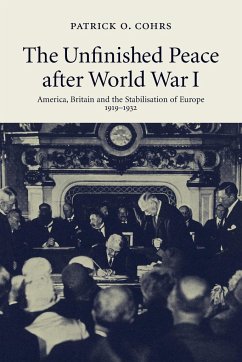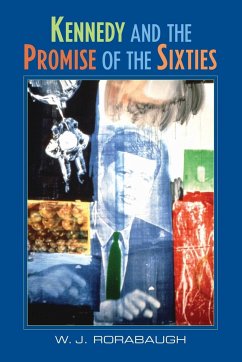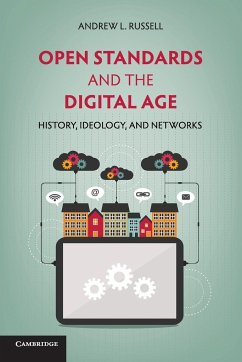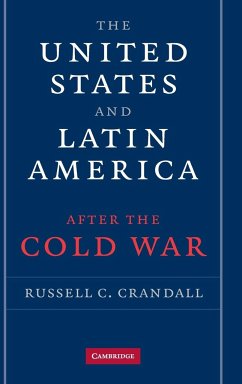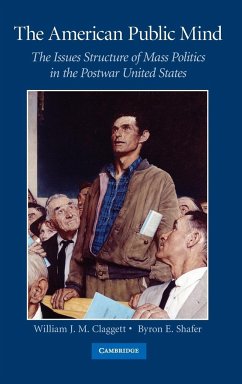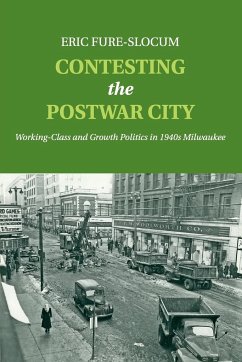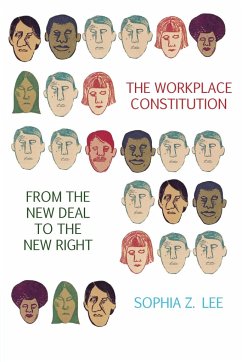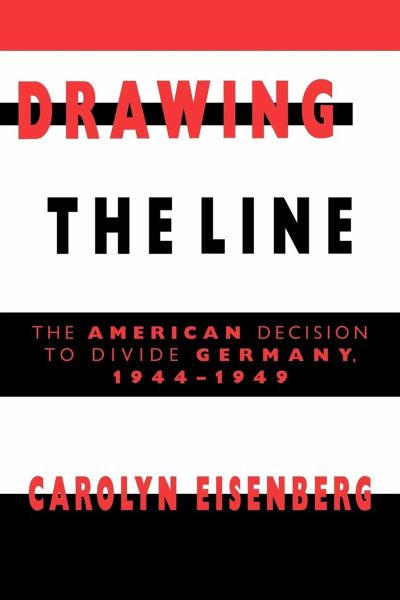
Drawing the Line
The American Decision to Divide Germany, 1944 1949

PAYBACK Punkte
33 °P sammeln!
In this fresh and challenging study of the origins of the Cold War, Professor Eisenberg traces the American role in dividing post-war Germany. Drawing upon many original documentary sources, she examines the Allied meeting on the Elbe, follows the Great Powers through their confrontation in Berlin, and culminates with the creation of the West German state in the fall of 1949. In contrast to many works in the field, the book argues that the partition of Germany was fundamentally an American decision. US policy-makers chose partition, mobilized reluctant West Europeans behind that approach, and,...
In this fresh and challenging study of the origins of the Cold War, Professor Eisenberg traces the American role in dividing post-war Germany. Drawing upon many original documentary sources, she examines the Allied meeting on the Elbe, follows the Great Powers through their confrontation in Berlin, and culminates with the creation of the West German state in the fall of 1949. In contrast to many works in the field, the book argues that the partition of Germany was fundamentally an American decision. US policy-makers chose partition, mobilized reluctant West Europeans behind that approach, and, by excluding the Soviets from West Germany, contributed to the isolation of East Germany and the emergence of the post-World War II US-Soviet rivalry. The volume casts new light on the Berlin blockade, demonstrating that the United States rejected United Nations mediation and relied on its nuclear monopoly as the means of protecting its German agenda.
Table of contents:
1. Plans; 2. Making peace; 3. The limits of reform: the US zone; 4. A fragile friendship; 5. The Russian challenge; 6. Bizonal beginnings; 7. The doctors deliberate; 8. Marshall's medicine; 9. A separate state; 10. Cold War Germany; 11. Winning; Conclusion: the American decision to divide Germany.
This study of the origins of the Cold War traces the American role in dividing post-war Germany. It explores how US policy-makers chose partition and mobilized reluctant West Europeans behind that approach. The book casts new light on the Berlin blockade, showing that the United States relied on its nuclear monopoly to protect its German agenda.
Eisenberg argues that the United States made the decision to divide Germany, and that this was the key development in the emergence of the Cold War.
Table of contents:
1. Plans; 2. Making peace; 3. The limits of reform: the US zone; 4. A fragile friendship; 5. The Russian challenge; 6. Bizonal beginnings; 7. The doctors deliberate; 8. Marshall's medicine; 9. A separate state; 10. Cold War Germany; 11. Winning; Conclusion: the American decision to divide Germany.
This study of the origins of the Cold War traces the American role in dividing post-war Germany. It explores how US policy-makers chose partition and mobilized reluctant West Europeans behind that approach. The book casts new light on the Berlin blockade, showing that the United States relied on its nuclear monopoly to protect its German agenda.
Eisenberg argues that the United States made the decision to divide Germany, and that this was the key development in the emergence of the Cold War.






